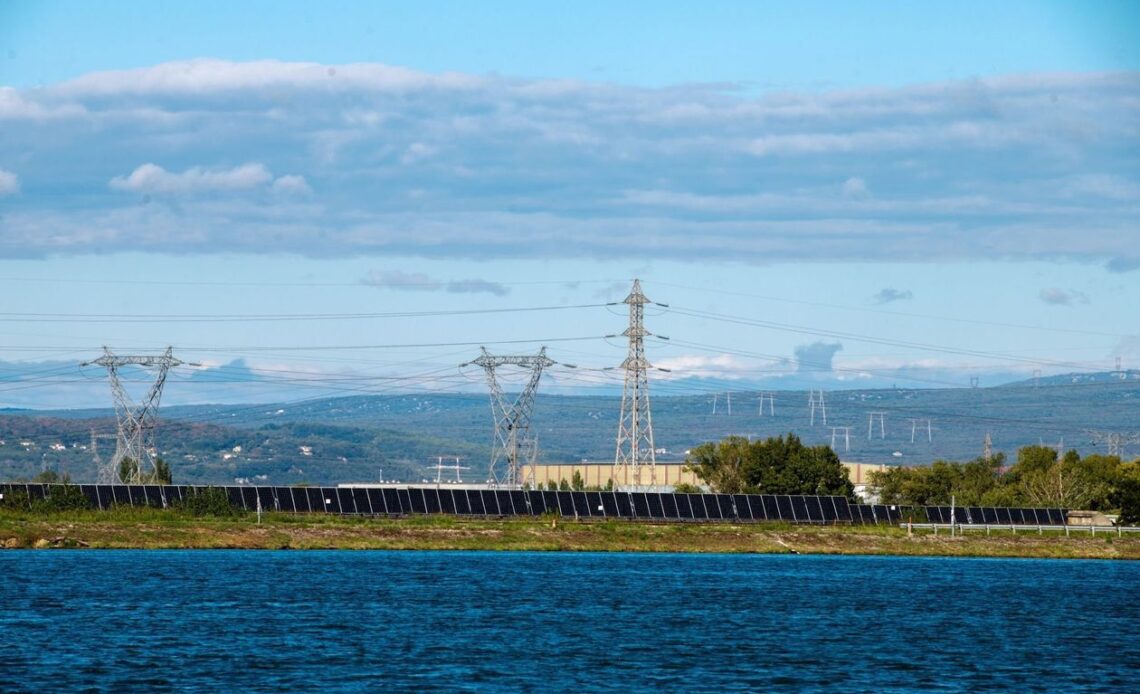PARIS—Europe’s plans for a massive expansion of solar power are hitting an obstacle on the ground: regulations that preserve green space on the densely-populated continent and aim to protect the heritage of the countryside.
In France, thick rulebooks restrict where solar farms can be built, resulting in years of delay before construction can begin. Local officials in Spain are trying to slow the spread of solar farms that they fear could scar the countryside. In Italy, developers must clear layers of bureaucracy and avoid ancient ruins to build solar farms in rural areas.
The European Union is relying heavily on solar power to hit its renewable energy targets and blunt the impact of Russia’s natural-gas cutoff. The EU is aiming to get 45% of the bloc’s energy supplies from renewable sources by 2030. The goal would more than triple its solar-power capacity by then, making it the continent’s biggest source of electricity. Officials have been optimistic of reaching their goal in part because solar panels are less obtrusive than towering wind turbines, in theory rousing less opposition from the public.
The European Union is aiming to get 45% of the bloc’s energy supplies from renewable sources by 2030.
Photo:
Nathan Laine/Bloomberg News
Putting solar-panels on roofs is the low-hanging fruit in that plan. But there aren’t enough roofs in Europe to hit the bloc’s targets. Officials and executives say many more solar parks on the ground are needed. The EU has proposed legislation that aims to accelerate permitting for all kinds of renewable energy projects, part of a sweeping effort to end Europe’s dependence on Russian gas.
France, the EU’s largest country by territory, is a weak link in the bloc’s plan. French regulations have pushed solar development to previously industrialized land—instead of green space—allowing only those projects to sell power at a premium. That has sent developers hunting for a relatively limited number of factories, abandoned mines and other previously used land, sending the values of such properties…
Click Here to Read the Full Original Article at WSJ.com: World News…

